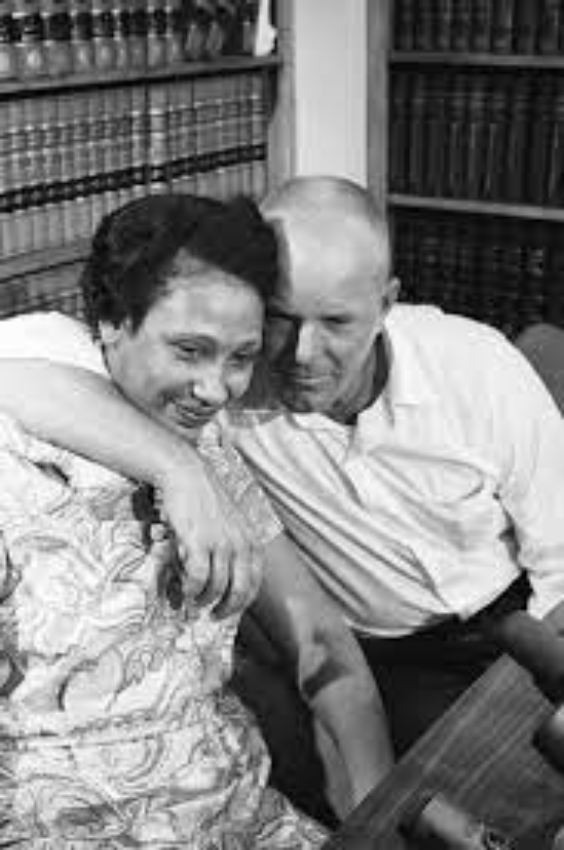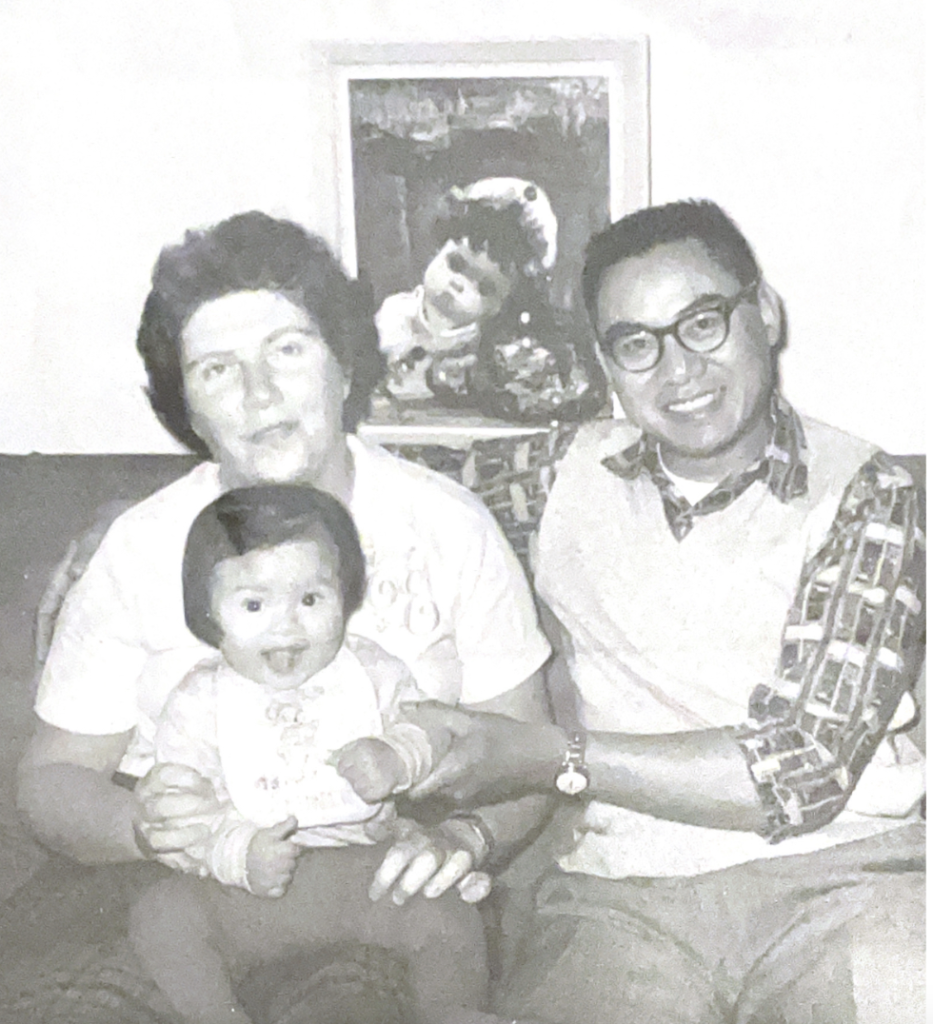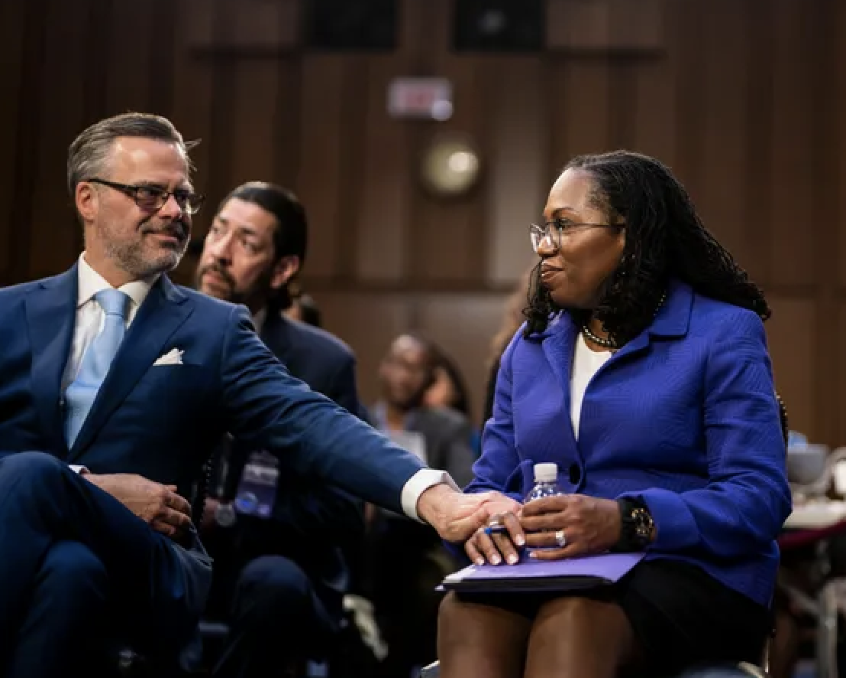
In March of 2022, United States Senator Mike Braun from Indiana suggested that he is open to allowing individual states to decide whether interracial marriages should be legalized. This appalling comment destroys and invalidates the strides passionate individuals have taken to stop interracial discrimination. The Loving v. Virginia Case of 1967 legalized all interracial marriages across the U.S. and declared anti-miscegenation laws unconstitutional. Mildred Jetter and Richard Loving fought against the violation they received for being a married interracial couple residing in Virginia. Discrimination of interracial marriages is still an ongoing issue that needs to be stopped.
To gain perspective on how acceptance of interracial marriages has changed throughout time, I interviewed my ninety-three-year-old grandfather. When searching for a home in San Francisco during the early 1960s, my grandmother who is Caucasian, and my grandfather who is Chinese faced discrimination when inquiring about an apartment. The landlord asserted he would not allow an interracial couple to live in his complex. My grandfather explained, “It was rare before. People would look at us because we were different. I see a lot more interracial couples now. I even see them in commercials.” He agrees that there are still prejudices surrounding interracial couples and there needs to be a change. I asked him how to end the cycle of believing people can only marry inside of their race. He replied, “By example. We went outside for people to see us. We have to be seen.”

Discrimination against interracial marriages when home searching continues into this decade. Resembling the injustice my grandparents faced, Verdell and Julie Franklin, a biracial couple who were interested in buying a house in Hamburg Township, Michigan in October of 2020 publicly shared the prejudices they experienced. The couple explained that the real estate agent was very friendly during their phone call with her. However, after seeing the couple in person when touring the home and discussing their eagerness to put an offer in, the agent’s attitude shifted. Julie Franklin says, “She just talked with our friends and didn’t have much to say to us at all. Like, didn’t even make eye contact, really, with us” (Michigan Radio). After being told by the agent that their offer of $300,000 would be too low, the couple did not go through with putting in the offer. Over a month later, the listing was sold to a white man for the same price the Franklins had proposed.
Similar to Senator Braun, many individuals continue to be judgmental, with preconceived notions toward others for how they look rather than their true character. However, as the now-confirmed Supreme Court judge Ketanji Brown Jackson steps into her well-deserved role as a Justice, she will represent the beauty of interracial couples in her own marriage. Ketanji Brown Jackson’s relationship is a visible example of interracial couples in government. Viewing this public relationship in government, especially someone of high distinction, assists younger generations in acknowledging and accepting that people of a different race can love each other.

Love does not discriminate against the color of one’s skin, their special facial features, the uniqueness of their culture, or simply the way they look. Love is rather defined by the passion between two connected souls that unconditionally care for one another despite their differences. Today, interracial couples are still discriminated against because people continue to hold the belief that marrying outside of one’s race should not be allowed. These damaging beliefs will continue to be passed down through generations if they are not stopped. Stories such as my grandparents and the Franklins should be shared with the world, especially in the younger classrooms, to teach exactly how interracial discrimination affects the lives of these couples. Schools should not be afraid to hide this topic because if the world does not teach younger generations about racial injustices, humanity will continue to live in a world of unacceptance. Interracial couples should be embraced because they emphasize the beauty of being different. As my grandfather expresses, “We have to be seen.”
